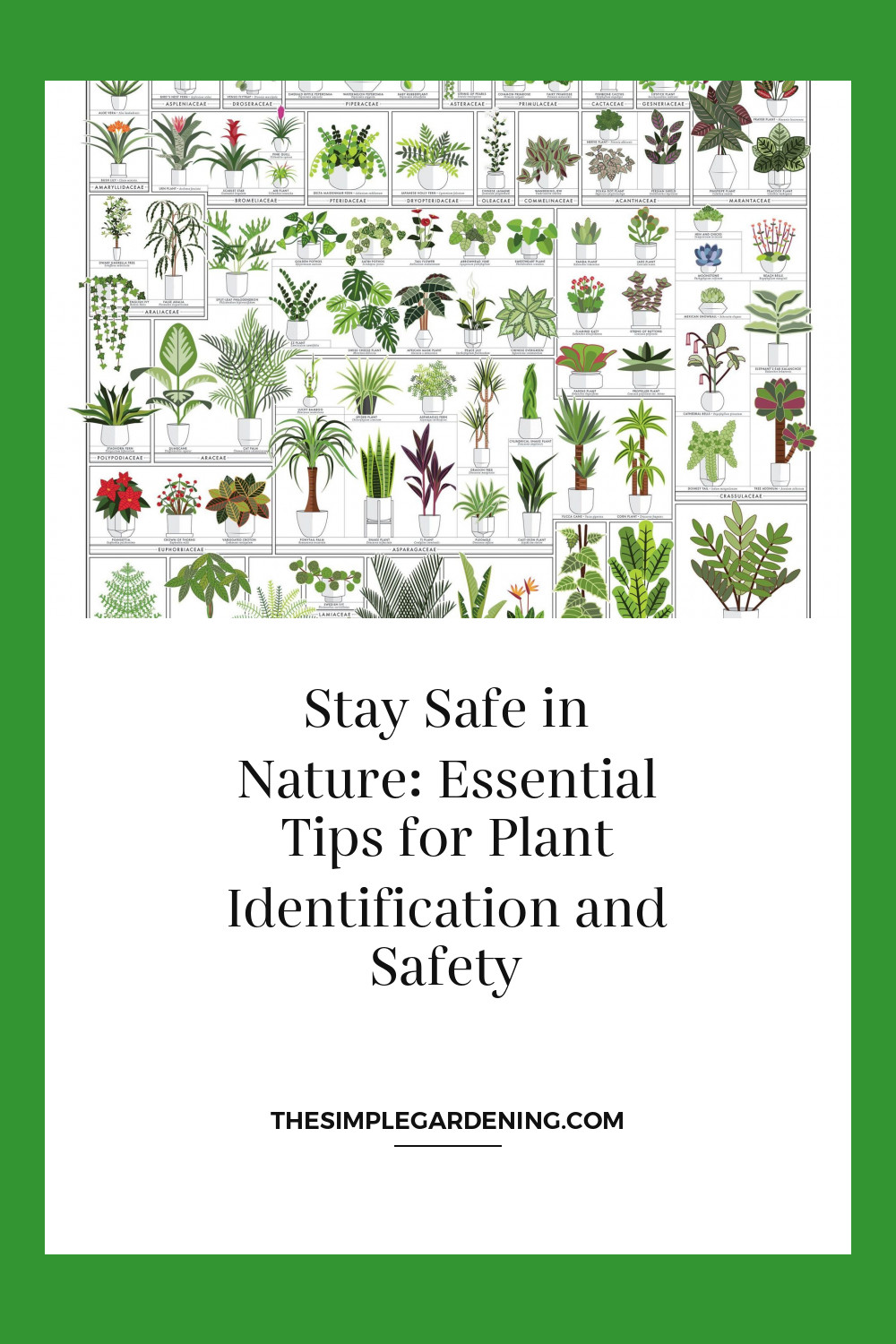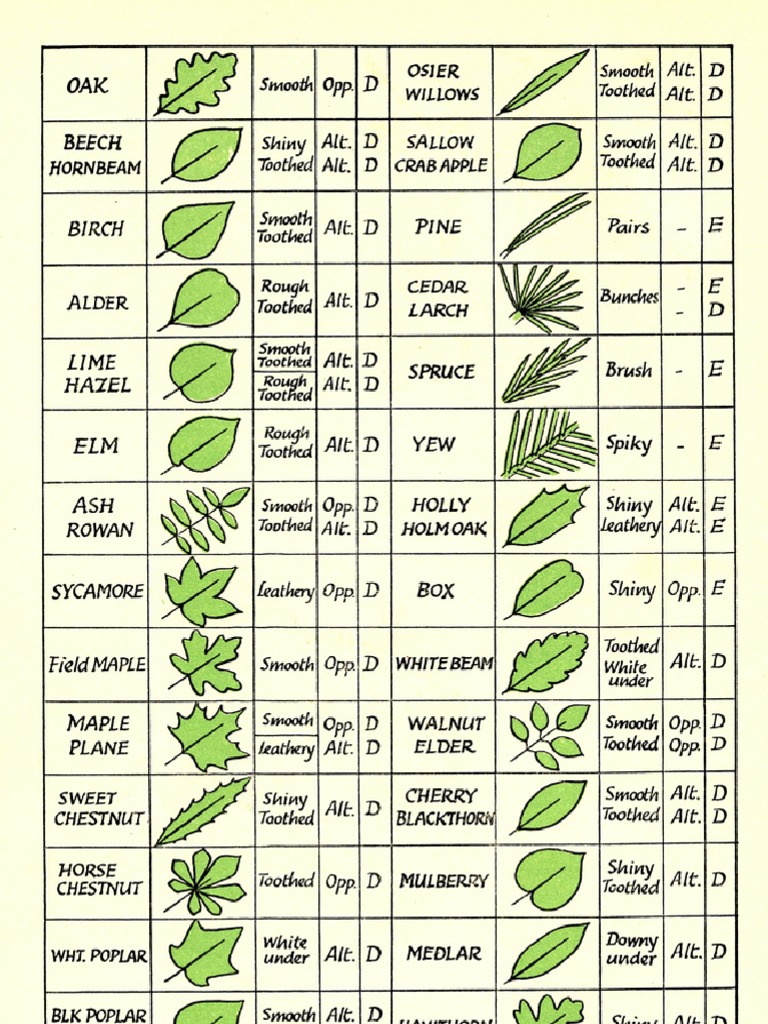Plant identification is a skill that can transform your gardening experience, ensuring you know exactly what’s growing in your garden. Let’s delve into this fascinating subject and understand why it’s so important, how to go about it, and the tools you’ll need along the way.
Introduction to Plant Identification
Plant identification involves recognizing and naming plants based on their features. Whether you’re a gardener, forager, or simply a plant enthusiast, knowing how to identify plants can enhance your appreciation and care for the natural world.
Table: Basic Plant Identification Terms
| Term | Definition |
|---|---|
| Genus | A group of related plants |
| Species | The basic unit of classification |
| Botanical Name | The scientific name given to plants |
| Common Name | The name commonly used by people |
| Morphology | Study of the form and structure of plants |
Importance of Proper Plant Identification
Identifying plants accurately is crucial for several reasons. It helps in understanding plant needs, recognizing potential threats, and ensuring safety in both gardening and foraging.
List: Benefits of Accurate Plant Identification
- Ensures the right care and conditions for plants
- Helps in identifying and managing pests
- Prevents accidental poisoning from toxic plants
- Aids in the conservation of native species
- Enhances the foraging of edible and medicinal plants
Table: Consequences of Misidentification
| Misidentification Consequence | Description |
|---|---|
| Plant Health Issues | Incorrect care leading to poor growth or death |
| Safety Risks | Potential poisoning or allergic reactions |
| Environmental Impact | Spread of invasive species |
| Loss of Biodiversity | Neglect or harm to native plants |
| Economic Costs | Waste of resources on wrong plants |

Source Image: www.pinterest.com
Risks Associated with Misidentification
Misidentifying plants can lead to serious consequences, from harming your garden to endangering your health. Understanding these risks underscores the importance of learning proper identification techniques.
Overview of Plant Identification Methods
There are several methods to identify plants, each with its own strengths. Let’s explore some of the most effective ones.
Visual Identification
Visual identification involves examining the physical characteristics of a plant. This is often the first step in plant identification.
Table: Key Visual Features for Identification
| Feature | Description |
|---|---|
| Leaf Shape | The form and outline of leaves |
| Flower Color | The hue and pattern of flowers |
| Stem Texture | Surface characteristics of the stem |
| Fruit Type | The shape and type of fruit produced |
| Growth Habit | The general shape and size of the plant |
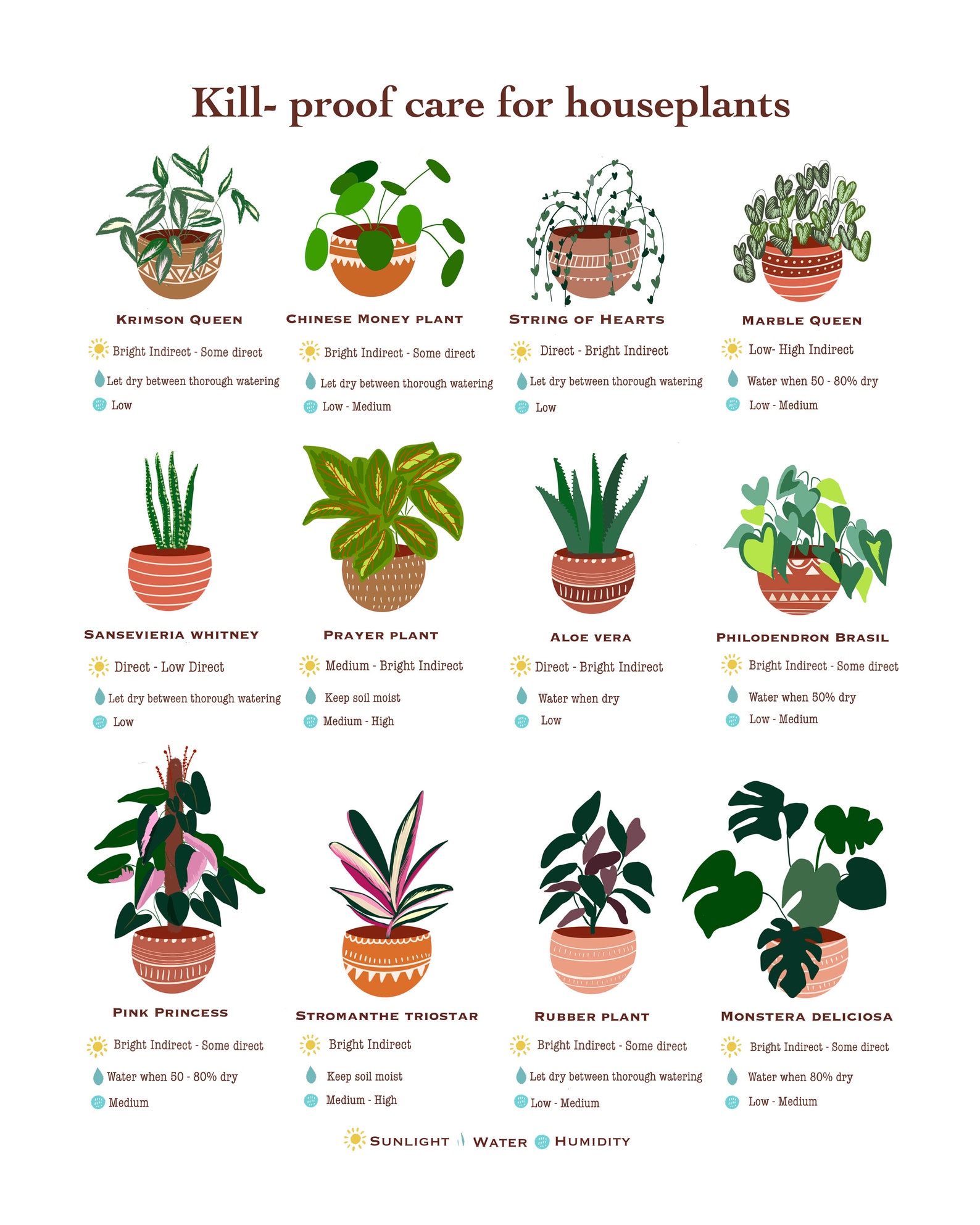
Source Image: www.etsy.com
Recognizing Plant Features (Leaves, Flowers, Fruits)
Different plants have unique features that can help in their identification. Pay close attention to leaves, flowers, and fruits, as these parts often have distinctive characteristics.
Using Field Guides and Plant Identification Apps
Field guides are books with detailed plant descriptions and pictures. Plant identification apps use technology to help you identify plants by taking photos or answering a series of questions.
Table: Recommended Plant Identification Tools
| Tool | Description |
|---|---|
| Field Guides | Books with pictures and descriptions of plants |
| Plant ID Apps | Mobile apps for identifying plants using photos |
| Hand Lens | A magnifying glass for close inspection |
| Online Databases | Websites with extensive plant information |
| Botanical Gardens | Places to see and learn about plants firsthand |
Key Characteristics for Different Plant Families
Understanding the characteristics of different plant families can greatly aid in plant identification.
Botanical Terminology
Knowing basic botanical terms can help you understand plant descriptions and guides.
Understanding Plant Anatomy Terms
Plants have specific anatomical parts that are often referred to in identification. Knowing these terms is essential.
Table: Common Plant Anatomy Terms
| Term | Definition |
|---|---|
| Node | The part of the stem where leaves are attached |
| Internode | The stem segment between two nodes |
| Petiole | The stalk that attaches the leaf blade to the stem |
| Inflorescence | The arrangement of flowers on a plant |
| Bract | A modified leaf associated with a flower or inflorescence |
Leaf Arrangements and Shapes
Leaves can be arranged in various patterns and have different shapes. Understanding these can help you narrow down the plant species.
Flower and Fruit Structures
Flowers and fruits have specific structures that are key in identifying plant families and species.
Table: Types of Leaf Arrangements
| Arrangement | Description |
|---|---|
| Alternate | One leaf per node, alternating sides |
| Opposite | Two leaves per node, directly across from each other |
| Whorled | Three or more leaves per node, radiating around |
| Rosette | Leaves arranged in a circular pattern at the base |

Source Image: www.woodlandsconservancy.org
Common Poisonous Plants
Identifying poisonous plants is crucial to avoid accidental ingestion or contact.
Identification and Characteristics of Poisonous Plants
Certain plants are known to be toxic. Recognizing these plants can prevent potential health hazards.
Table: Examples of Common Poisonous Plants
| Plant Name | Toxic Parts | Symptoms of Poisoning |
|---|---|---|
| Oleander | All parts | Nausea, vomiting, heart issues |
| Poison Ivy | Leaves, stem | Itchy rash, blisters |
| Deadly Nightshade | Berries, leaves | Hallucinations, paralysis, death |
| Foxglove | Leaves, flowers | Heart problems, tremors, vomiting |
| Castor Bean | Seeds | Severe abdominal pain, vomiting, diarrhea |
Toxic Parts of the Plant
Understanding which parts of a plant are toxic can help in preventing accidental poisoning.
Symptoms of Plant Poisoning
Symptoms can vary depending on the plant and the amount ingested. It’s important to recognize these symptoms early.
Safety Guidelines for Plant Identification
When handling unknown plants, certain precautions should be taken to ensure safety.
Precautions When Handling Unknown Plants
Always err on the side of caution when dealing with plants you’re not familiar with.
Wearing Protective Gear
Using gloves and protective clothing can prevent skin contact with potentially harmful plants.
Consulting Experts for Difficult Identification Cases
When in doubt, consult with experts. They can provide accurate identification and advice.
Table: Safety Tips for Handling Plants
| Tip | Description |
|---|---|
| Wear Gloves | Protects your hands from irritants and toxins |
| Use Protective Clothing | Long sleeves and pants to prevent skin exposure |
| Wash Hands | Clean hands thoroughly after handling plants |
| Avoid Ingestion | Do not eat plants unless positively identified |
| Consult Experts | Seek professional help for uncertain identifications |

Source Image: christinajensen900gossip.blogspot.com
Plant Identification
Local Flora and Fauna
Knowing the native and invasive species in your area can help in plant identification.
Researching Native and Invasive Species in Your Area
Local guides and online resources can provide valuable information about your region’s flora.
Identifying Plant Allergens
Some plants can cause allergic reactions. Identifying these can help avoid discomfort.
Recognizing Plants Harmful to Pets and Wildlife
Certain plants can be dangerous to animals. It’s important to identify these to protect pets and wildlife.
Table: Examples of Harmful Plants for Pets
| Plant Name | Harmful to | Symptoms |
|---|---|---|
| Lilies | Cats | Vomiting, kidney failure |
| Sago Palm | Dogs, Cats | Vomiting, liver failure |
| Azalea | Dogs, Cats, Birds | Drooling, vomiting, diarrhea |
| Tulips | Dogs, Cats | Drooling, gastrointestinal upset |
| Oleander | All pets | Heart issues, death |
Using Dichotomous Keys
Dichotomous keys are tools that help in plant identification through a series of choices that lead to the correct name.
How to Use Dichotomous Keys
Learning how to use these keys can make plant identification more systematic and accurate.
Online and Printed Key Resources
There are numerous resources available both online and in print that provide dichotomous keys for plant identification.
Practice Exercises for Key Identification
Practicing with dichotomous keys can improve your identification skills.
Table: Recommended Dichotomous Key Resources
| Resource Name | Type | Description |
|---|---|---|
| “Manual of Vascular Plants” | Book | Comprehensive key for North American plants |
| iNaturalist | Online | Community-driven identification tool |
| PlantNet | App | Uses photos to help identify plants |
| Flora of North America | Book/Online | Extensive resource for plant identification |
| USDA PLANTS Database | Online | Provides information on plants in the U.S. |
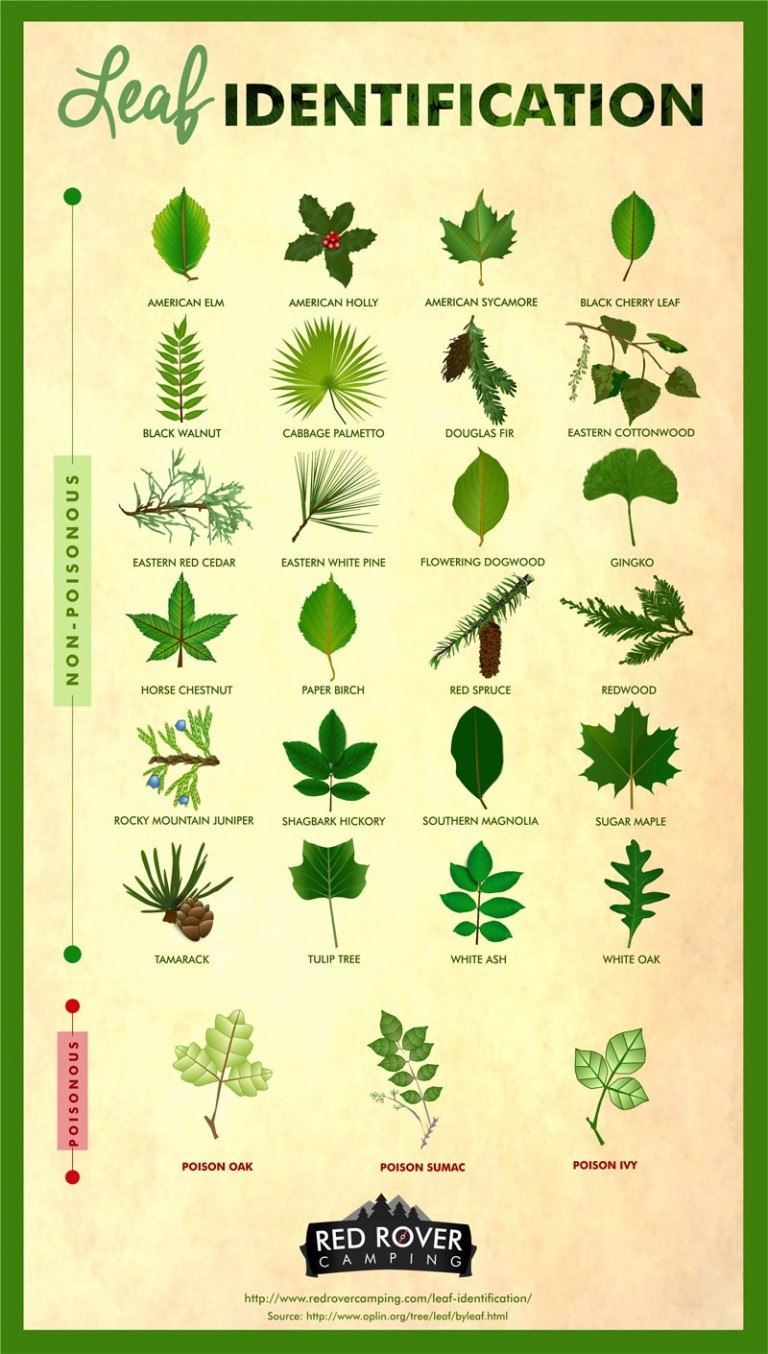
Source Image: survivalstronghold.com
Tools for Plant Identification
Several tools can aid in the accurate identification of plants.
Hand Lens or Magnifying Glass
A hand lens allows you to see small details that are crucial for identification.
Plant ID Apps and Websites
Modern technology has made plant identification easier with apps and websites that provide instant information.
Herbarium Specimens and References
Herbarium specimens are pressed plant samples that serve as references for identification.
Table: Essential Plant Identification Tools
| Tool | Description |
|---|---|
| Hand Lens | Magnifying glass for detailed inspection |
| Plant ID Apps | Mobile apps that help identify plants |
| Herbarium | Collection of preserved plant specimens |
| Botanical Dictionaries | Books that provide definitions of botanical terms |
| Field Notebooks | Used for recording observations and notes |
Plant Identification Walks and Workshops
Participating in plant identification walks and workshops can provide hands-on learning experiences.
Joining Guided Plant ID Walks
Guided walks led by experts can offer practical knowledge and firsthand experience.
Participating in Plant ID Workshops
Workshops provide in-depth learning and the opportunity to practice identification skills.
Learning from Botanical Gardens and Arboreta
These places offer a wealth of plant species to study and learn about.
Table: Opportunities for Plant ID Learning
| Learning Opportunity | Description |
|---|---|
| Guided Walks | Expert-led tours focusing on plant identification |
| Workshops | In-depth sessions on plant ID techniques |
| Botanical Gardens | Access to diverse plant species and information |
| Arboreta | Specialized collections of trees and shrubs |
| Community Classes | Local classes on gardening and plant identification |

Source Image: thegardeningcook.com
Documenting Identified Plants
Keeping a record of the plants you identify can be useful for future reference.
Keeping a Plant Journal or Database
A journal or database helps in keeping track of the plants you’ve identified and any observations.
Taking Photographs for Reference
Photographs can capture details that are useful for later identification and comparison.
Recording Location and Habitat Information
Noting where you found a plant can provide clues about its identity and growing conditions.
Table: Tips for Documenting Plants
| Tip | Description |
|---|---|
| Use a Journal | Record observations and notes |
| Take Clear Photos | Focus on important features for identification |
| Note Location | Record the habitat and location |
| Include Date | Date your entries for seasonal context |
| Update Regularly | Keep your documentation current and organized |
Plant ID for Foraging and Wildcrafting
Identifying plants for foraging requires knowledge of both edible and medicinal species.
Identifying Edible and Medicinal Plants
Knowing which plants are safe to eat or use medicinally is crucial for foragers.
Safety Precautions for Foraging
Always be sure of your identification before consuming any wild plants.
Ethical Harvesting Practices
Sustainable harvesting ensures that plant populations remain healthy and available for future generations.
Table: Tips for Safe and Ethical Foraging
| Tip | Description |
|---|---|
| Be 100% Sure | Only eat plants you can positively identify |
| Harvest Sustainably | Take only what you need and leave enough behind |
| Avoid Polluted Areas | Don’t forage near roads or polluted areas |
| Respect Regulations | Follow local laws and guidelines |
| Educate Yourself | Continuously learn about foraging practices |
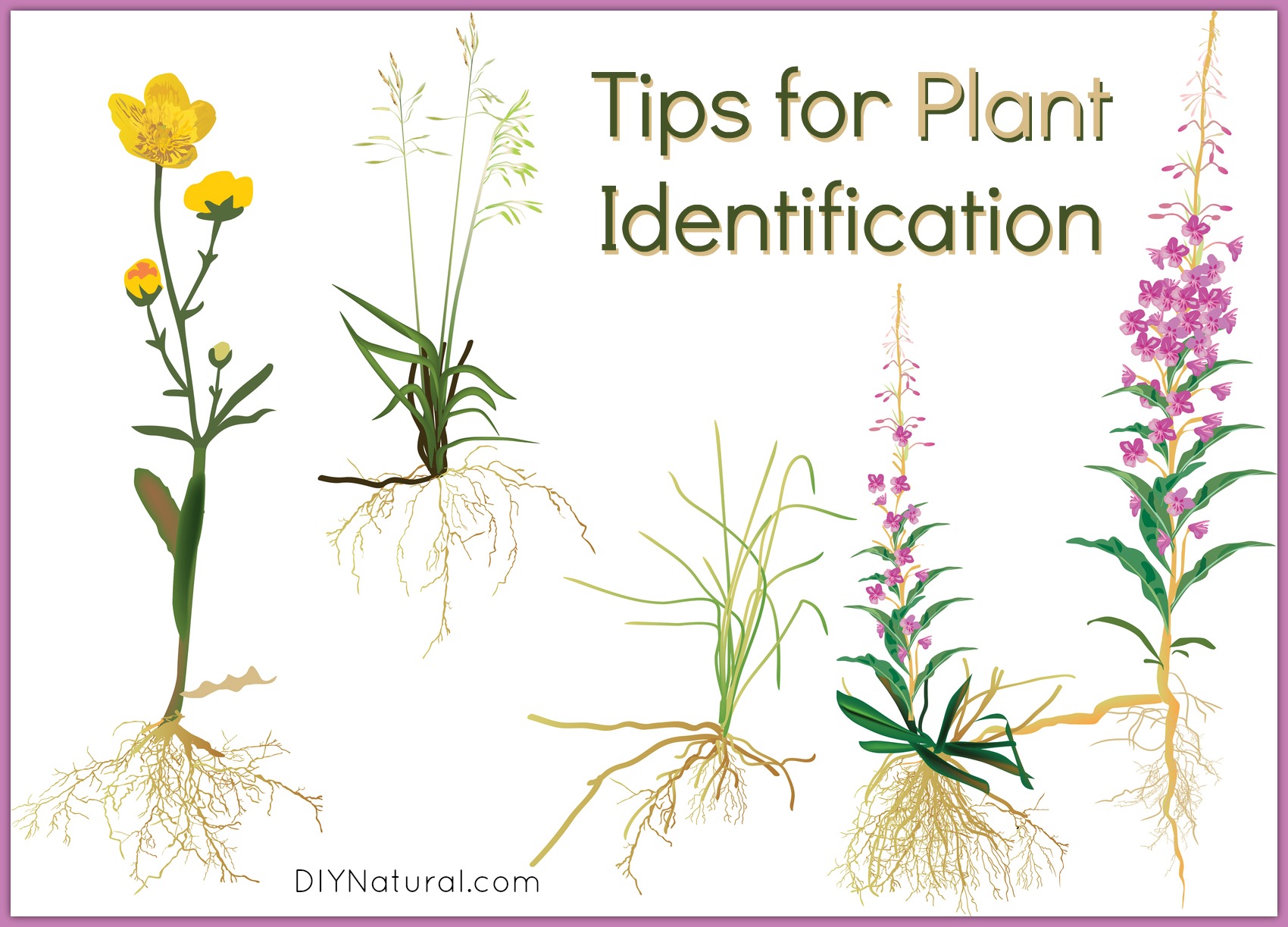
Source Image: diynatural.com
Plant Identification
Plant ID for Gardeners
Gardeners can benefit greatly from knowing how to identify both beneficial plants and potential pests.
Recognizing Beneficial and Pest Plants
Identifying which plants support your garden and which ones can harm it helps in effective garden management.
Identifying Weeds and Invasive Species
Weeds and invasive species can outcompete your garden plants. Knowing how to identify them is crucial.
Table: Common Garden Weeds and How to Manage Them
| Weed Name | Identification Features | Management Tips |
|---|---|---|
| Dandelion | Yellow flowers, toothed leaves | Hand pull before seed set |
| Crabgrass | Sprawling growth, coarse leaves | Mulch beds to prevent germination |
| Clover | Trifoliate leaves, white flowers | Maintain healthy lawn to outcompete clover |
| Bindweed | Twining stems, arrow-shaped leaves | Remove roots completely to prevent regrowth |
| Thistle | Spiny leaves, purple flowers | Dig out taproot, use gloves for protection |
Plant ID for Landscape Design and Planning
Knowing your plants can help in creating aesthetically pleasing and sustainable landscape designs.
Interactive Learning Resources
Using interactive resources can make learning plant identification more engaging and effective.
Online Plant ID Quizzes and Tutorials
Interactive quizzes and tutorials can test your knowledge and help you learn in a fun way.
Botanical Gardens and Herbaria Tours
Visiting botanical gardens and herbaria can provide a hands-on learning experience.
Citizen Science Projects for Plant ID
Participating in citizen science projects can help you apply your plant ID skills while contributing to scientific research.
Table: Interactive Plant ID Learning Resources
| Resource | Description |
|---|---|
| Online Quizzes | Test your plant ID knowledge |
| Tutorials | Step-by-step guides to plant identification |
| Botanical Tours | Guided tours through gardens and herbaria |
| Citizen Science | Projects that involve public participation |
| Community Workshops | Local events focusing on plant identification |
Source Image: www.scribd.com
Community Engagement in Plant ID
Sharing your knowledge and engaging with others can enhance your plant identification skills.
Sharing Plant ID Knowledge with Others
Teaching others what you know can reinforce your own understanding and help build a knowledgeable community.
Joining Plant ID Groups and Forums
Being part of groups and forums can provide support, resources, and shared knowledge.
Contributing to Plant ID Databases
Adding your findings to plant ID databases can help create a comprehensive resource for others.
Table: Ways to Engage with the Plant ID Community
| Activity | Description |
|---|---|
| Teaching Workshops | Conducting sessions to share plant ID skills |
| Online Forums | Participating in discussions and sharing tips |
| Social Media Groups | Engaging with plant enthusiasts online |
| Volunteering | Helping at botanical gardens or local projects |
| Database Contribution | Adding data to plant ID databases |
Continuous Learning and Improvement
Plant identification is a skill that requires continuous practice and learning.
Practicing Regular Plant ID Exercises
Regular practice can help you stay sharp and improve your identification skills.
Updating Plant ID Skills with New Information
Staying updated with the latest information ensures your knowledge remains current.
Staying Informed About Emerging Plant Safety Concerns
New research can reveal previously unknown safety concerns. Staying informed is crucial.
Table: Tips for Continuous Learning in Plant ID
| Tip | Description |
|---|---|
| Regular Practice | Consistently practice plant identification |
| Stay Updated | Follow new research and updates in botany |
| Attend Workshops | Participate in ongoing education opportunities |
| Join Groups | Engage with plant ID communities |
| Read Widely | Expand your knowledge with books and articles |
By following these guidelines and utilizing the resources available, you can become proficient in plant identification, enhancing your gardening experience and ensuring safety and enjoyment in your interaction with the plant world. Happy identifying!

